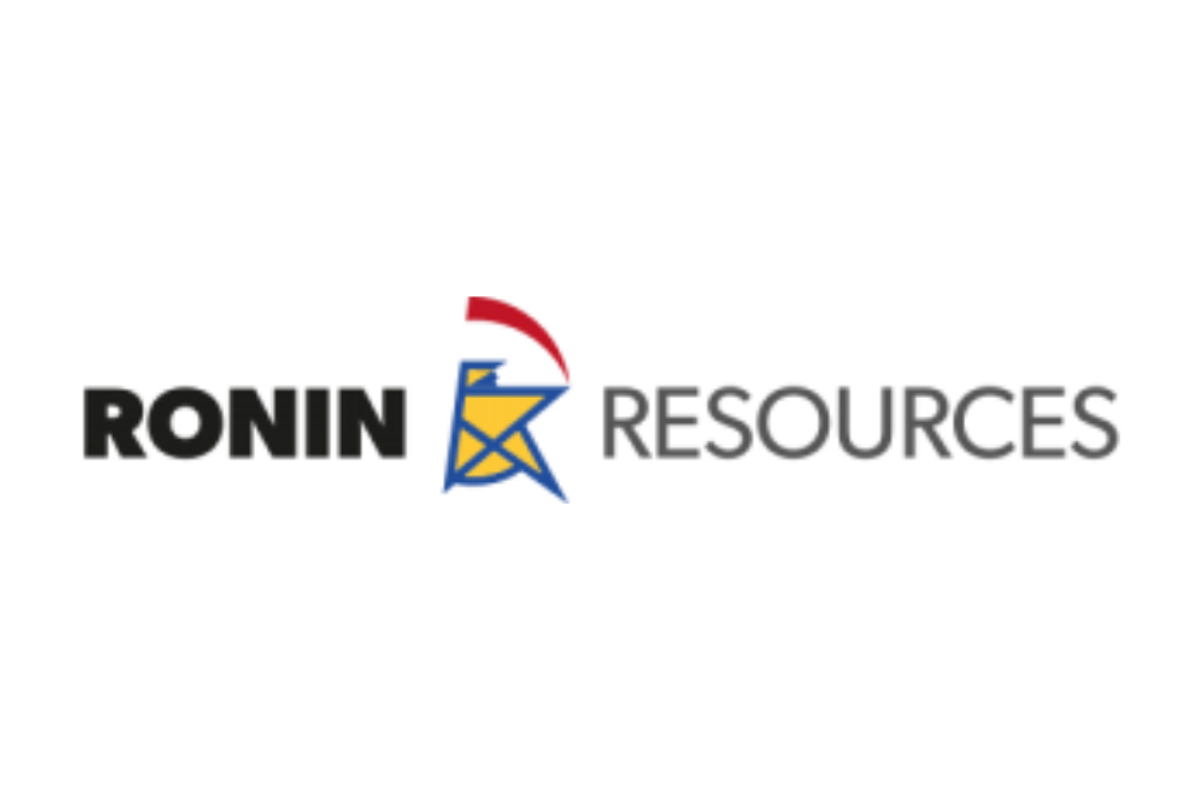
October 31, 2024
Ronin Resources Ltd (ASX: RON) (Ronin or the Company) is pleased to advise that it has submitted mineral exploration applications over 23,637 hectares (236.37 km2) prospective for gold-silver mineralisation in the San Juan Province of Argentina. The La Punilla Gold-Silver Project is accessible from the San Juan town of Rodeo, via the same road intended to access BHP and Lundin Mining’s Filo de Sol and Josemaría projects.
HIGHLIGHTS
- Since IPO, the Company has actively sought to acquire new projects capable of enhancing the portfolio
- Following extensive in-country due diligence, Ronin has submitted exploration applications over ~23,000 ha (230 km2) prospective for Au-Ag mineralisation in the San Juan Province, Argentina
- The San Juan Province hosts the globally significant Veladero gold- silver deposit (mined by Barrick/Shandong Gold), and multiple giant copper-gold porphyry deposits inc. Filo del Sol (currently subject to a C$4.1B takeover from BHP and Lundin Mining)
- The Company’s Chairman will draw upon his experience and professional network in San Juan to oversee preliminary exploration work
For a nominal cost, these mineral exploration applications provide the Company a strategic platform in a hotbed of mineral exploration and corporate activity.
Ronin Chairman Joseph van den Elsen commented:
“The La Punilla Gold-Silver Project provides Ronin an entry into the San Juan hotbed of corporate and exploration activity. The Company’s Board has real working experience in San Juan and will draw upon its professional networks to oversee its evaluation and assessment. The Company remains committed to its strategy of generating shareholder value through development of its existing assets and acquiring new business development opportunities to further complement the portfolio”.
La Punilla Gold-Silver Project
Regional Setting
The high cordillera region of the San Juan Province, Argentina has significant mineral endowment, hosting numerous globally significant porphyry copper-gold-molybdenum deposits, such as Filo del Sol, Altar, Pachón, Los Azules, and the Veladero epithermal Au-Ag deposit. In the Precordillera region, gold rich skarn deposits (Gualcamayo) have also been discovered, as well as Au-Ag veins (Casposo), both of which have been developed into significant mining operations (refer Figure 1).
Click here for the full ASX Release
This article includes content from Ronin Resources, licensed for the purpose of publishing on Investing News Australia. This article does not constitute financial product advice. It is your responsibility to perform proper due diligence before acting upon any information provided here. Please refer to our full disclaimer here.RON:AU
The Conversation (0)
Latest News
Latest Press Releases
Related News
TOP STOCKS
American Battery4.030.24
Aion Therapeutic0.10-0.01
Cybin Corp2.140.00